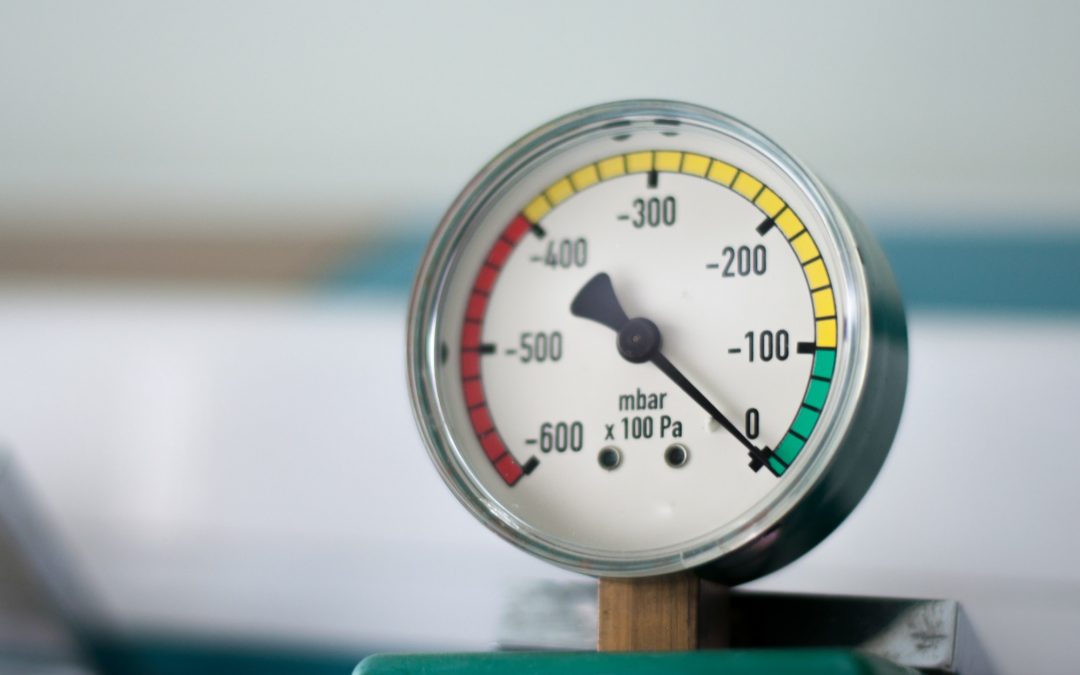When measuring blood pressure, you may ask yourself “what should my blood pressure be?” Learn about normal levels for your age and health.
Blood pressure is the measurement of how much force is used against your arterial walls while your heart pumps blood. In measuring it, there are average numbers that vary by age and sex.
However, average blood pressure readings for your age are not the same as “normal” readings. There is a separate set of guidelines that determine the healthy numbers used to determine hypertension.
As people age, their blood vessels get stiffer and they build up plaque in the arteries, which increases blood pressure. In turn, this can lead to various health issues such as heart disease, kidney disease, strokes, and vision problems.
Average Levels for Adults
In 2015, a study in Lancet showed the worldwide mean average blood pressure for men and women. According to their study, the average for men was 127/79 mm Hg and 122/77 mm Hg for women.
In addition to sex and age, some researchers also looked into the mean blood pressure average under race/ethnicity. Researchers for the National Center for Health Statistics looked at the numbers for U.S. adults between 2001 and 2008.
They broke down their results by age, sex, and race/ethnicity:
Blood Pressure by Age
Men:
- 18-39 years = 119/70 mm Hg
- 40-59 years = 124/77 mm Hg
- 60+ years = 133/69 mm Hg
Women:
- 18-39 years = 110/68 mm Hg
- 40-59 years = 122/74 mm Hg
- 60+ years = 139/68 mm Hg
Blood Pressure by Race/Ethnicity
- White = 122/71 mm Hg
- Black = 127/73 mm Hg
- Mexican American = 123/70 mm Hg
 Normal Numbers for Adults
Normal Numbers for Adults
It’s important to note that average blood pressure measurements by age, sex, and race/ethnicity don’t mean healthy. In fact, the American Heart Association (AHA) provides a set of guidelines for healthy and unhealthy ranges.
More important than determining the average blood pressure for your age, sex, or race/ethnicity is finding out what’s healthy. The following is each different category for adult readings and what they mean.
Blood Pressure Guidelines
Normal:
- Systolic: Less than 120 mm Hg -and-
- Diastolic: Less than 80 mm Hg
Elevated:
- Systolic: 120-129 mm Hg -and-
- Diastolic: Less than 80 mm Hg
Hypertension 1:
- Systolic: 130-139 mm Hg -or-
- Diastolic: 80-89 mm Hg
Hypertension 2:
- Systolic: 140 mm Hg or higher -or-
- Diastolic: 90 mm Hg or higher
Hypertensive Crisis:
- Systolic: Higher than 180 mm Hg -and/or-
- Diastolic: Higher than 120 mm Hg
If you’re experiencing a hypertensive crisis, it’s time to seek immediate medical attention. When the blood pressure rises this high, it can lead to a heart attack, stroke, or another life-threatening condition.
Improving Blood Pressure
It’s important to know what your blood pressure is so you can manage it appropriately. If you want to decrease the risk of hypertension or lower your numbers, there are a few things you can do.
For example, you can start eating healthy, exercising regularly, and start taking heart supplements. One of the most popular supplements is L-arginine Plus because it increases nitric oxide production naturally.
As a result, the nitric oxide in your body dilates blood vessels and makes it easier for blood to flow efficiently. Try L-arginine Plus along with other healthy practices like jogging and following healthy eating plans to improve your blood pressure.

